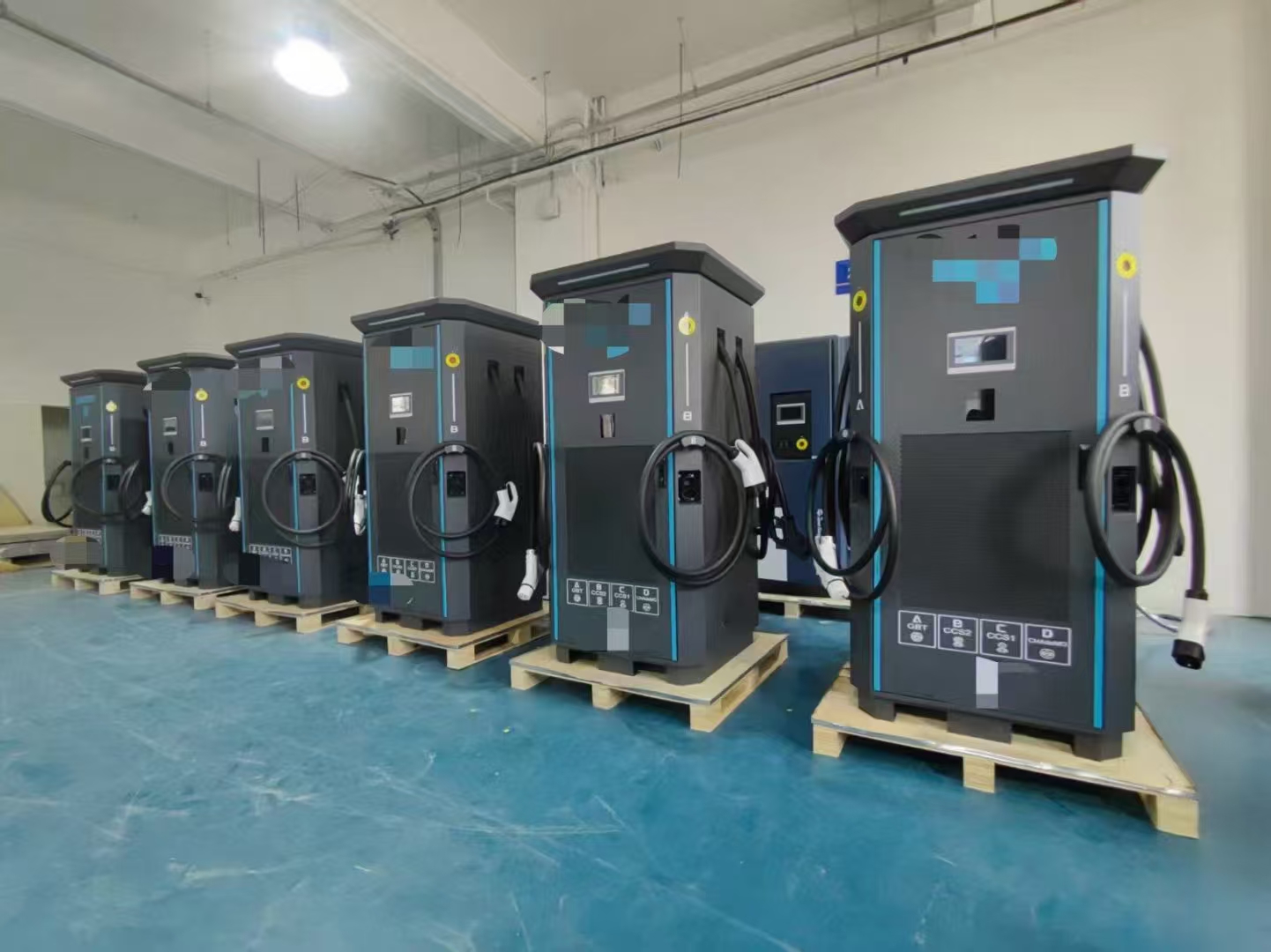The power distribution method for dual-port electric vehicle charging stations primarily depends on the station’s design and configuration, as well as the charging requirements of the electric vehicle. Alright, let’s now provide a detailed explanation of the power distribution methods for dual-port charging stations:
I. Equal Power Distribution Method
Some dual-gun charging stations employ an equal power distribution strategy. When two vehicles charge simultaneously, the total power of the charging station is divided equally between the two charging guns. For example, if the total power is 120kW, each charging gun receives a maximum of 60kW. This distribution method is suitable when the charging demands of both electric vehicles are similar.
II. Dynamic Allocation Method
Some high-end or intelligent dual-gun ev charging piles employ a dynamic power allocation strategy. These stations dynamically adjust the power output of each gun based on the real-time charging demand and battery status of each EV. For instance, if one EV has a lower battery level requiring faster charging, the station may allocate more power to that EV’s gun. This method offers greater flexibility in meeting diverse charging needs, enhancing efficiency and user experience.
III. Alternating Charging Mode
Some 120kW dual-gun DC chargers support alternating charging mode, where the two guns take turns charging—only one gun is active at a time, with each gun capable of delivering up to 120kW. In this mode, the charger’s total power isn’t evenly split between the two guns but is allocated based on charging demand. This approach is suitable for two EVs with significantly different charging requirements.
IV. Alternative Power Distribution Methods
Beyond the three common distribution methods above, some electric car charging stations may employ specialized power allocation strategies. For instance, certain stations may distribute power based on user payment status or priority levels. Additionally, some stations support user-customizable power distribution settings to accommodate personalized requirements.
V. Precautions
Compatibility: When selecting a charging station, ensure its charging interface and protocol are compatible with the electric vehicle to guarantee a smooth charging process.
Safety: Regardless of the power distribution method used, charging station safety must be prioritized. Stations should incorporate overcurrent, overvoltage, and overtemperature protection measures to prevent equipment damage or safety incidents such as fires.
Charging Efficiency: To enhance charging efficiency, charging stations should feature intelligent recognition capabilities. These systems should automatically identify the electric vehicle model and charging requirements, then adjust charging parameters and modes accordingly.
In summary, dual-gun power distribution methods for electric vehicle charging stations vary widely. Users should select appropriate charging stations and power distribution methods based on their actual needs and charging scenarios. Additionally, safety precautions must be observed during charging station use to ensure a smooth charging process.
Post time: Oct-14-2025





